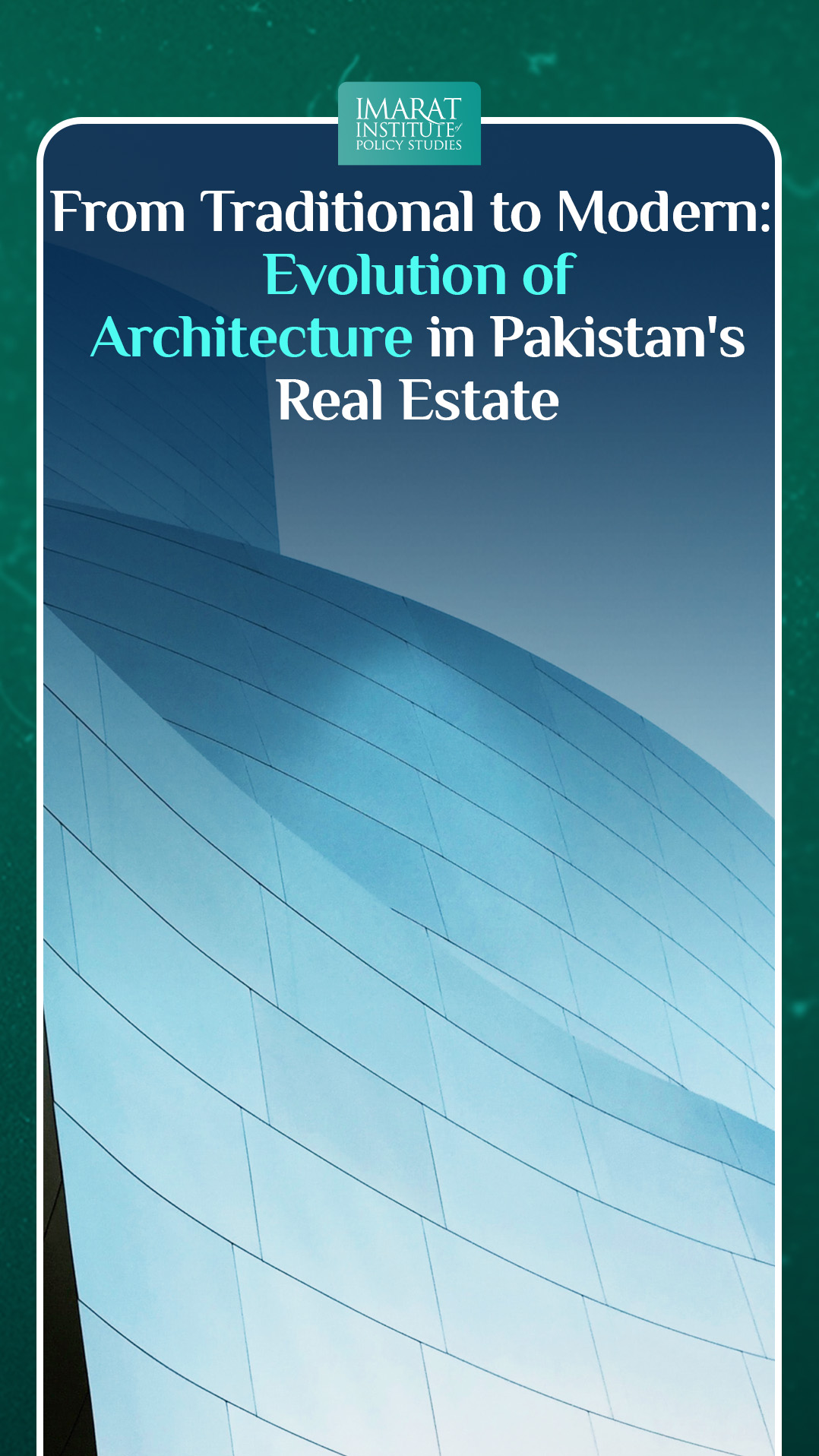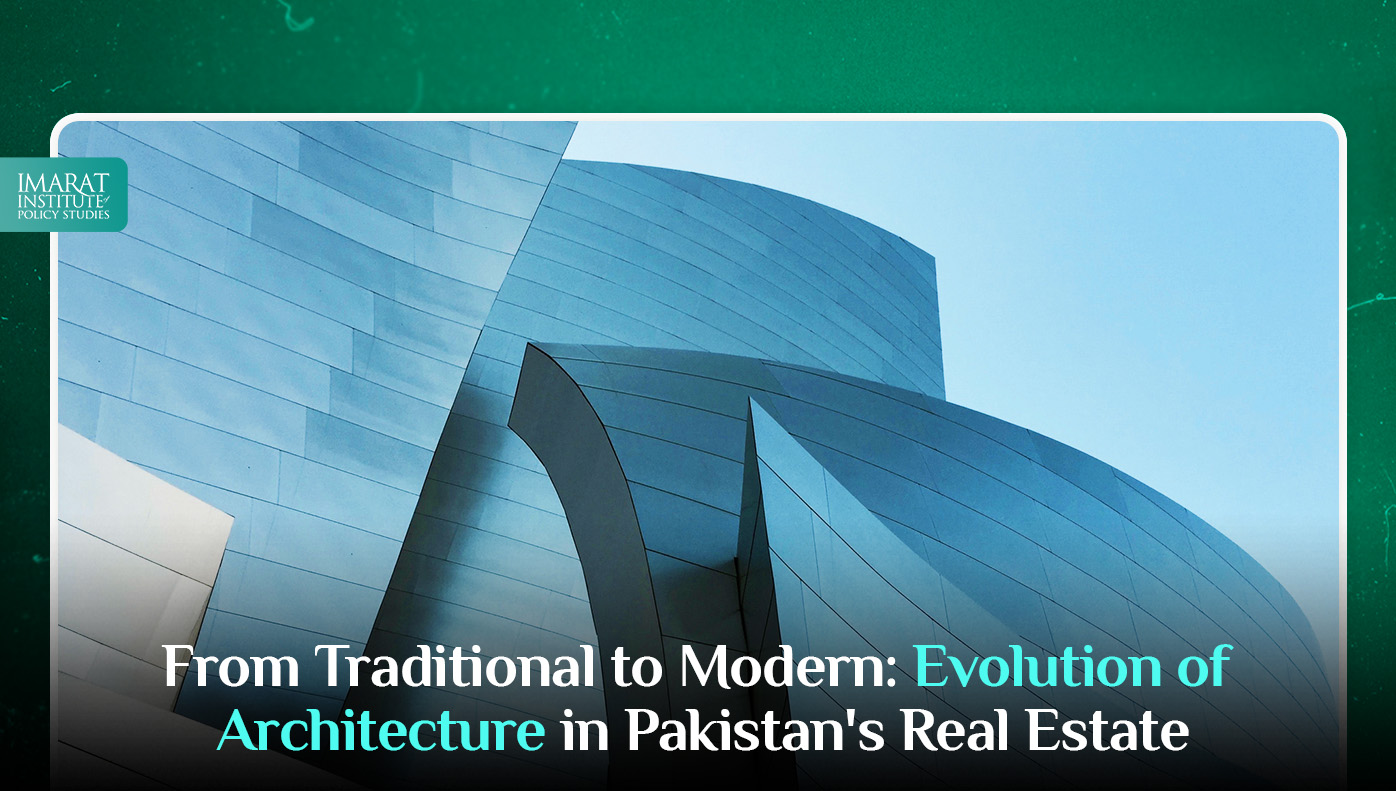Architecture in Pakistan’s real estate has changed a lot. Our country has a history with many different cultures, and this shows in our buildings. We keep old buildings like forts and mosques because they are important to our past. New buildings often mix old designs with new ideas to make them look good and work well. Big cities have tall buildings that make the city skyline look different. Houses now have more open spaces and big windows and use technology to make life easier. People also care about nature, so architects are using ways to protect the environment in their designs, like using special roofs and saving water and energy. Our modern buildings mix the old ways with new ones, and this makes our country’s architecture special and unique.
Preserving Heritage
The architectural heritage of Pakistan is deeply rooted in its history, with influences from various civilizations, including the Indus Valley, Islamic, and Mughal periods. The preservation of historical landmarks, such as the Lahore Fort and Badshahi Mosque, stands as a testament to the country’s commitment to maintaining its rich cultural legacy. In the realm of real estate, this commitment often translates into modern developments that seamlessly incorporate traditional elements, paying homage to the past while embracing the future.
Influence of Islamic Architecture
Islamic architecture has played a significant role in shaping the design aesthetic in Pakistan. The use of geometric patterns, arches, and domes, reminiscent of traditional Islamic architecture, can be observed in many contemporary structures. This fusion of modern construction techniques with historical Islamic design principles creates visually stunning buildings that serve both functional and aesthetic purposes.
Modern Urbanization and Skyscrapers
As Pakistan undergoes rapid urbanization, especially in major cities like Karachi, Lahore, and Islamabad, the demand for modern infrastructure has soared. This has led to the rise of skyscrapers and high-rise buildings that redefine city skylines. These towering structures not only optimize land use in densely populated urban areas but also bring a touch of sophistication and modernity to the architectural narrative.
Contemporary Residential Design
In the residential real estate sector, there has been a discernible shift from traditional to modern design principles. Open floor plans, large windows for natural light, and the use of sustainable materials are becoming increasingly prevalent. Modern homes often feature minimalist aesthetics, clean lines, and innovative use of space, catering to the evolving preferences of homeowners.
Smart Homes and Technology Integration
Technology is a driving force behind the modernization of architecture in Pakistan. Smart homes, equipped with automated systems for security, lighting, and climate control, are becoming more commonplace. Architects are integrating cutting-edge technologies into their designs, creating living spaces that seamlessly blend convenience and sustainability.
Sustainable Architecture
In recent years, there has been a growing emphasis on sustainability in Pakistan’s real estate sector. Architects are incorporating eco-friendly practices, such as green roofs, rainwater harvesting, and energy-efficient designs, to address environmental concerns. This commitment to sustainable architecture not only aligns with global environmental goals but also reflects a conscientious approach to building for the future.
Melding Tradition with Innovation
One distinctive feature of modern architecture in Pakistan is the harmonious blending of traditional elements with innovative designs. Architects are adept at infusing contemporary structures with local materials, cultural motifs, and architectural styles that pay homage to the country’s diverse heritage. This fusion creates a unique identity for Pakistani architecture, setting it apart on the global stage.
Public Spaces and Civic Architecture
Public spaces and civic buildings are pivotal in reflecting the cultural identity of a nation. In Pakistan, there is a renewed focus on designing public spaces that foster community engagement and cultural expression. Modern civic architecture, including museums, libraries, and public parks, aims to create inclusive environments that resonate with the public while embracing forward-thinking design principles.
Challenges and Opportunities
While the evolution of architecture in Pakistan’s real estate is marked by innovation and creativity, it is not without its challenges. Balancing the preservation of historical landmarks with the need for modern development, addressing infrastructure constraints, and ensuring affordability for the masses are ongoing considerations. However, these challenges also present opportunities for architects and developers to find sustainable and inclusive solutions that benefit both the present and future generations.
Conclusion
The evolution of architecture in Pakistan’s real estate is a compelling journey from the traditional to the modern, blending the richness of cultural heritage with the demands of contemporary living. The architectural landscape reflects a dynamic interplay between the past and the future, resulting in structures that are not just functional but also tell a story of resilience, adaptability, and a forward-looking vision. As Pakistan continues to urbanize and innovate, its architectural tapestry will undoubtedly unfold with even more captivating chapters, contributing to a legacy that stands as a testament to the country’s diverse and vibrant identity.
This article is written by Shaan Abbas. Shaan is a research analyst at the Iqbal Institute of Policy Studies (IIPS).



Leave a Reply